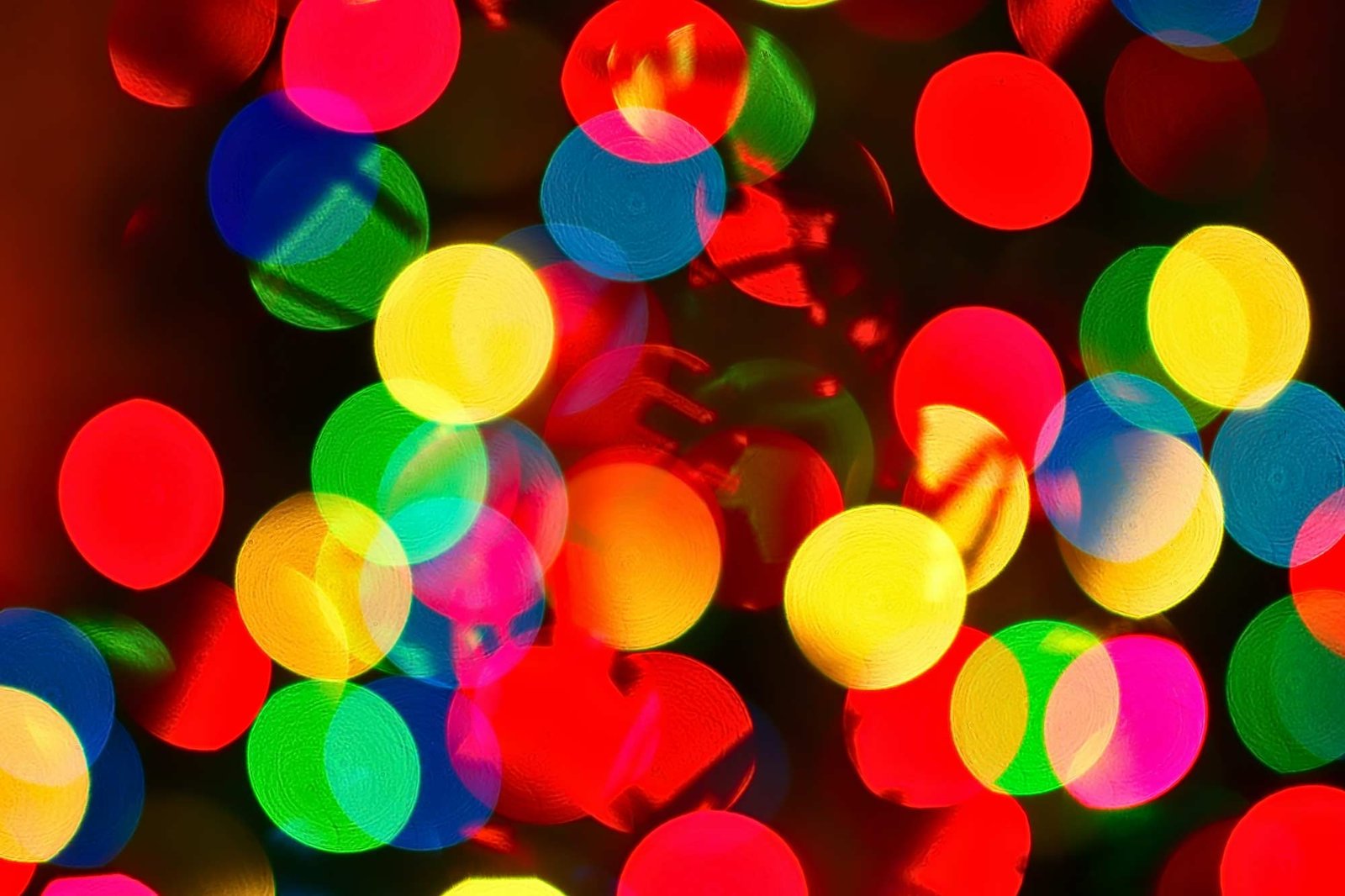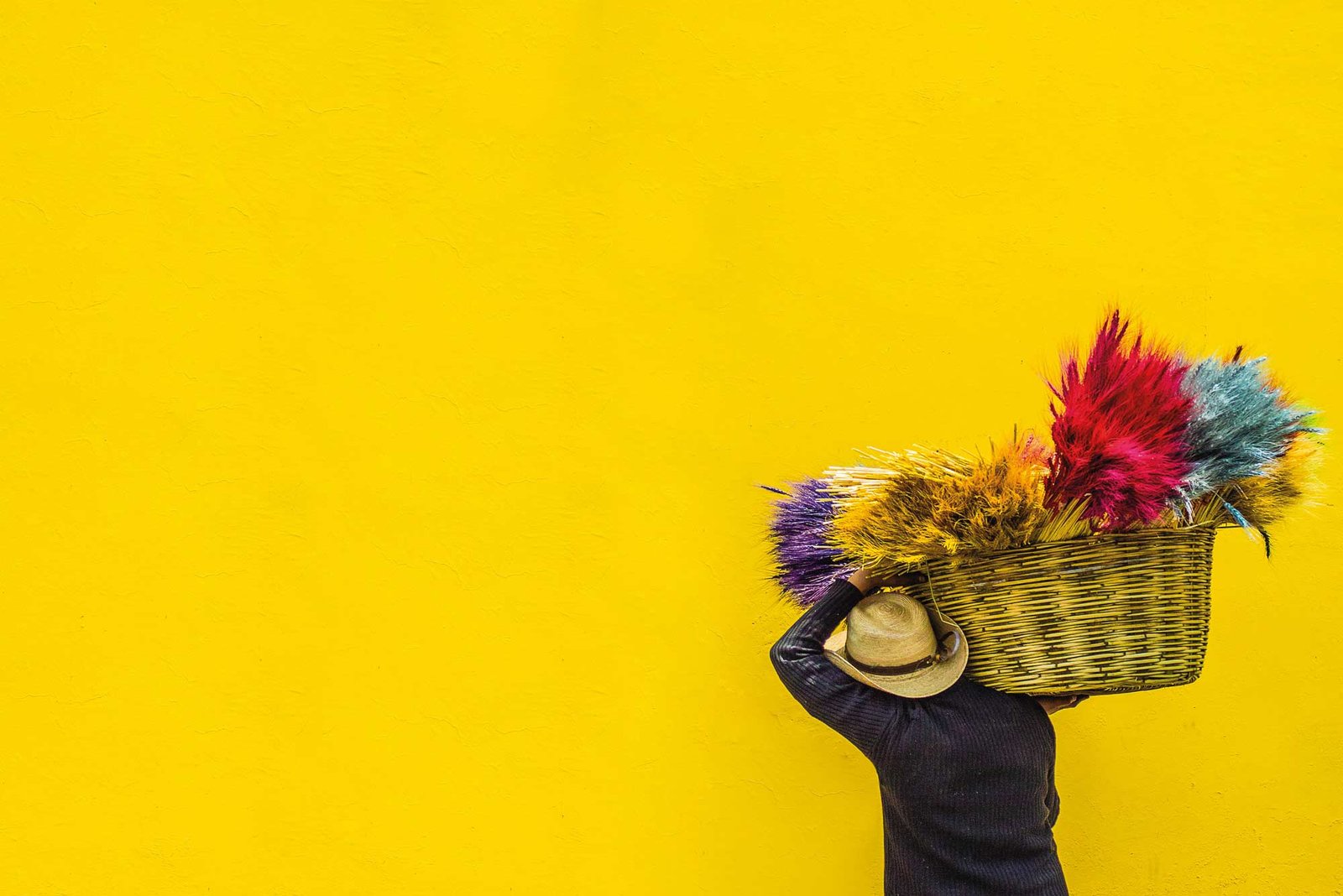Photo by Ronald Cuyan on Unsplash
Color theory is a set of principles used to create harmonious color combinations pleasing to the eye and senses. It is the art of using color. It explains how humans perceive color and the visual effects of how colors mix, match, or contrast with each other. Color theory is a term used to describe the collection of rules and guidelines regarding the use of color in art and design, as developed since their early days. Color theory informs the design of color schemes. Modern color theory is based on Isaac Newton’s color wheel, which displays three categories of colors, which are as follows:
Primary colors: These are red, blue, and yellow colors.
Secondary colors: Created by mixing two primary colors.
Intermediate colors: Created by mixing primary and secondary colors.
An understanding of color theory helps go beyond the approach of how it looks.
Color Schemes
Colors can be combined to form one of five central color schemes that allow designers to achieve harmony in their designs which are as follows:
Analogous: Analogous colors are any three colors that are side-by-side on a 12-part color wheel such as green, yellow-green, and yellow. This type of color is often found in nature, and it tends to be pleasing to the eye.
Triadic: This color scheme works by using three colors at equal distances from each other on the wheel.
Tetradic: This is the use of two sets of complementary pairs.
Complementary: Complementary colors are two colors that are directly opposite to each other on the color wheel, such as red and green and orange and blue. Additional colors generally look very well together in a design. These clashing colors create maximum contrast which can be a powerful tool in composition.
Structure
Color theory is built upon three essential components: the color wheel, color harmonies, and color context.
Let’s discuss these three essential components as follows:
Color wheel: Understanding the color wheel means understanding what works, what doesn’t, and how color communicates just like while being a kid getting a pristine 64-count box of Crayola crayons. The possibilities seemed endless until you inevitably lose the black crayon. That’s how a color wheel is just as exciting. The color wheel consists of two types of colors. These are warm colors (reds, oranges, and yellows) while the other is cool colors (blues, greens, and purples). Warm colors are typically associated with energy, brightness, action, sunlight, and fire while cool colors are typically identified with calm, peace, serenity, water, and moonlight.
Now that you understand that colors have a temperature, you can understand how choosing all warm or all cool colors as a color style of a website can impact your message.

Photo by Thomas Evans on Unsplash
Cool Harmonies
In general, human beings respond strongly to colors. People often have strong likes and dislikes when it comes to color. Whatever their preferences, most people react positively to the harmonious use of color. Harmony may be defined as a pleasing arrangement of parts such as in music. Harmonious color creates an inner sense of order, a visual balance, which engages the viewer. In color theory, the technique used to create combinations of different colors is color harmony; it is the process of matching colors and creating color schemes. A color scheme, or a set of colors selected, is an essential function of the color wheel.
Color Context
How color behaves in other colors and shapes is a complex area of color theory. Color context refers to the environment in which colors are seen. Color context has to do with surrounding colors and how they impact the use of color. Two people may view the same color in different ways due to differences in their overall color vision as well as the subjective influence of mood, color context, or the makeup of colors that are next to each other. It makes a dramatic difference in how color is perceived. Color Context supports RGB color model (typically used for screen display, web design colors, and color styles for websites)
So, now that we have a better understanding of color theory let’s have a look at how some of the colors are defined and how they can be used effectively. In theory, certain website colors work their way into martial arts websites as such:
Red (primary color): Red is a very hot color. It’s associated with fire, violence, and warfare. It’s also associated with love and passion.
Green (secondary color): Green is a very down-to-earth color. It can represent new beginnings and growth. It also signifies renewal and abundance.
Blue (primary color): Blue is often associated with sadness in the English language. Blue is also used extensively to represent calmness and responsibility.
Orange (secondary color): Orange is a very vibrant and energetic color. In its muted forms it can be associated with the earth and with autumn.
Yellow (primary color): Yellow is often considered the brightest and most energizing of the warm colors. It’s associated with happiness and sunshine.
And many other colors are associated just like some of the given color examples above. Now, as we know, the meaning of color let’s see how to use these color styles for a website.
Color for the Web
Website colors have unique challenges and opportunities. It is essential to search for color inspiration to have ideas for a color scheme for a website. Knowing why some color combinations work better than others will improve your ability to make color choices and create a more user-friendly website.

